
Telling stories of Medieval Europe. One thread at a time. Member of the Royal Historical Society. © Represented by @NorthbankTalent
19 subscribers
How to get URL link on X (Twitter) App


 In 1415 following failed negotiations with the French, King Henry V of England would claim the title of King of France through his grandfather Edward III and invade France.
In 1415 following failed negotiations with the French, King Henry V of England would claim the title of King of France through his grandfather Edward III and invade France. 
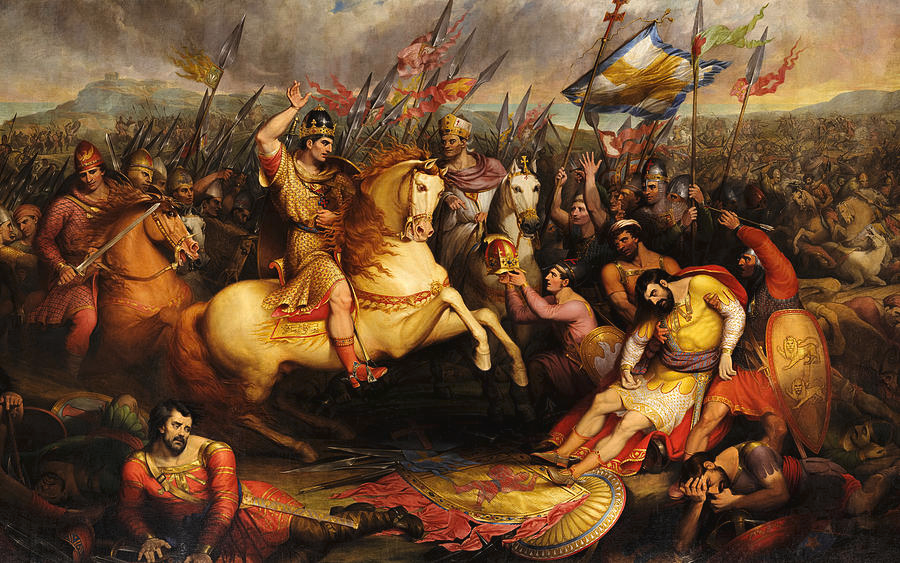
 On January 5th 1066, King Edward the Confessor died. This resulted in no clear heir for the throne of England.
On January 5th 1066, King Edward the Confessor died. This resulted in no clear heir for the throne of England. 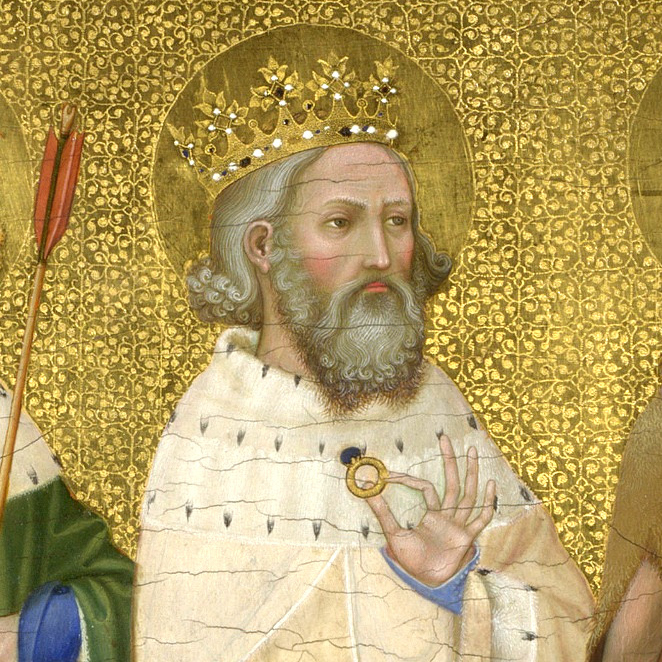
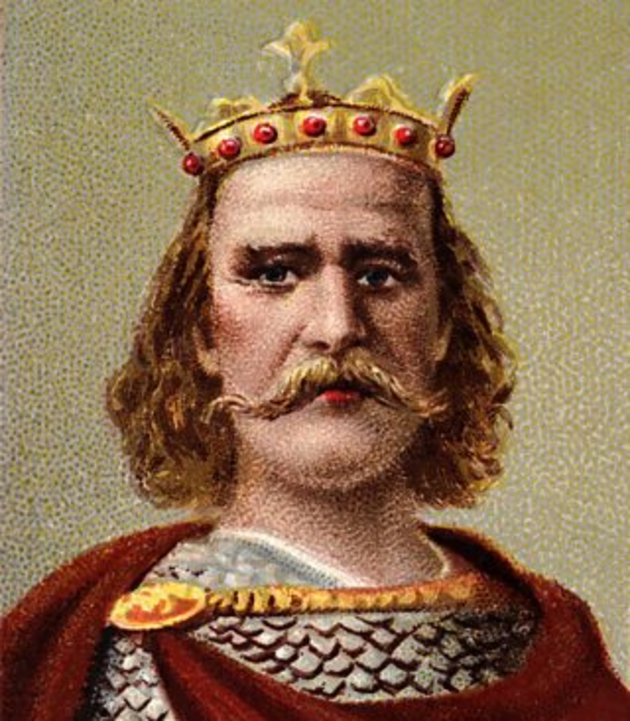

 Simon was born in 1208 in Montfort-l'Amaury, France. He was the son of a man of the same name, Simon de Montfort, the 5th Earl of Leicester and Alix de Montmorency.
Simon was born in 1208 in Montfort-l'Amaury, France. He was the son of a man of the same name, Simon de Montfort, the 5th Earl of Leicester and Alix de Montmorency. 
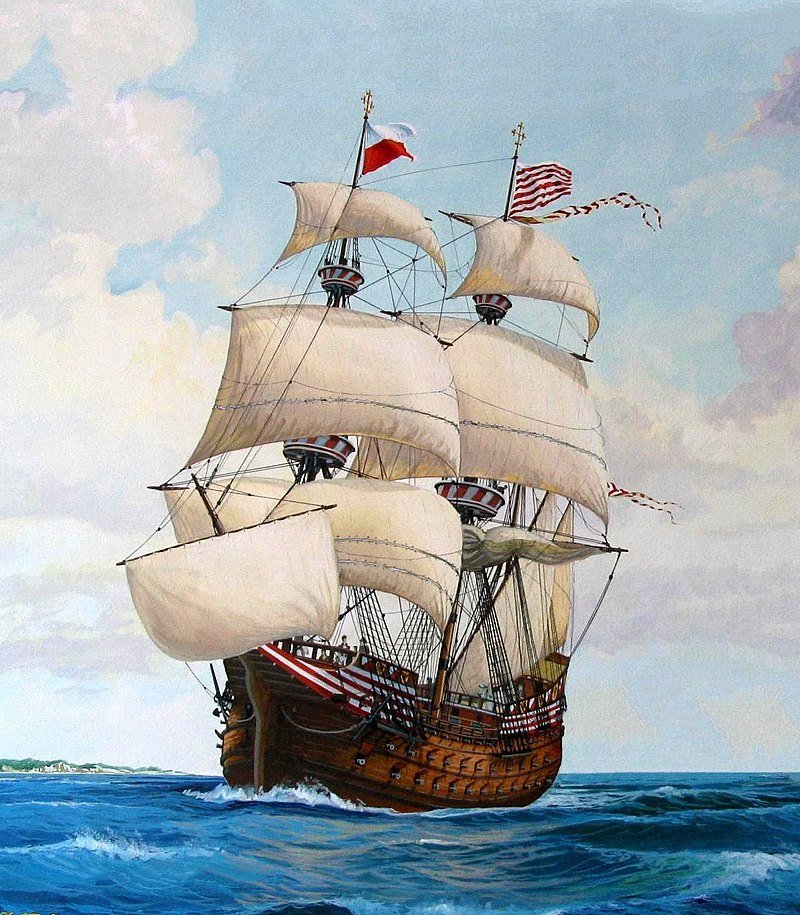
 The Baltic Sea was a hub of trading ventures, raids, and piracy. Gotlandic sailors traveled as far as Novgorod to trade goods.
The Baltic Sea was a hub of trading ventures, raids, and piracy. Gotlandic sailors traveled as far as Novgorod to trade goods. 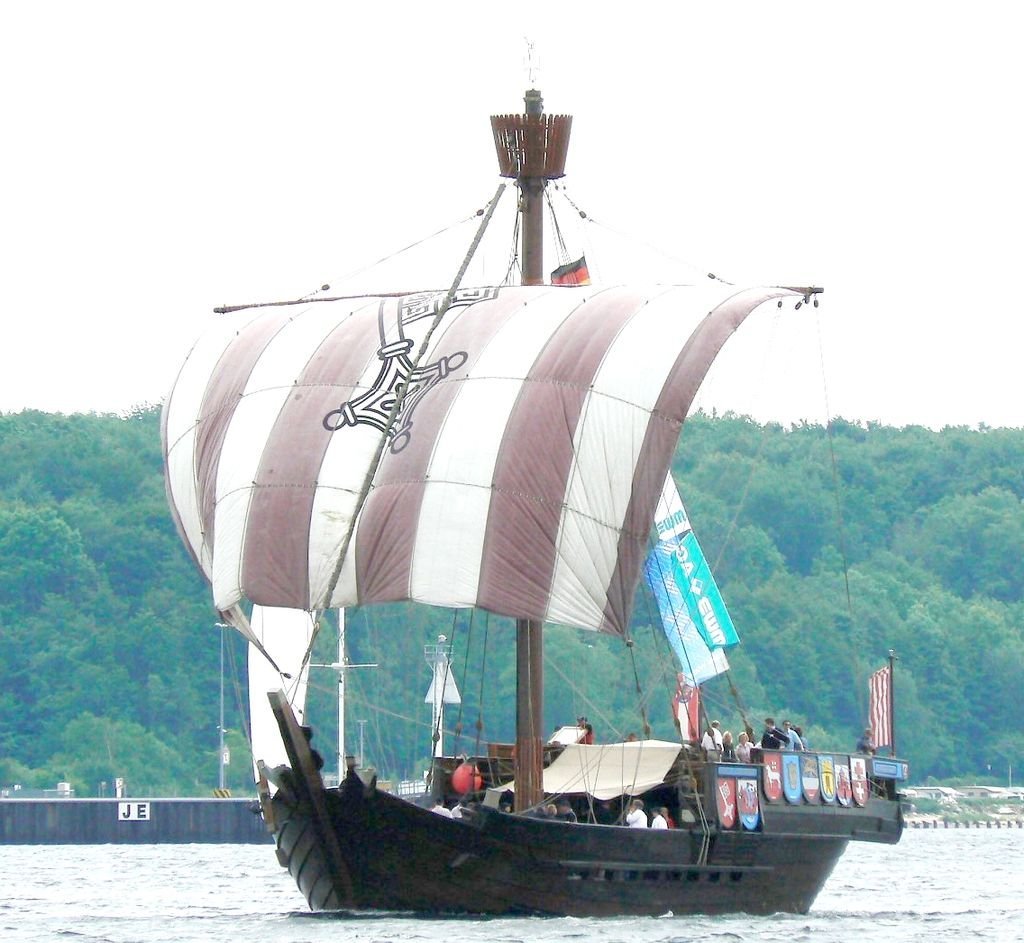
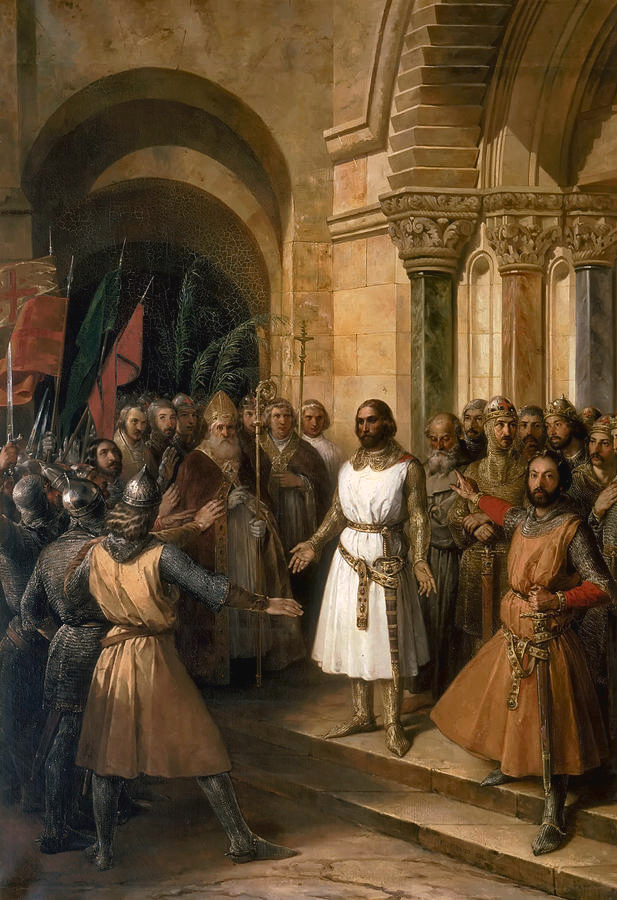
 Godfrey of Bouillon, born around 1060, was the second son of Eustace II, Count of Boulogne, and Ida, daughter of the Lotharingian duke Godfrey the Bearded.
Godfrey of Bouillon, born around 1060, was the second son of Eustace II, Count of Boulogne, and Ida, daughter of the Lotharingian duke Godfrey the Bearded. 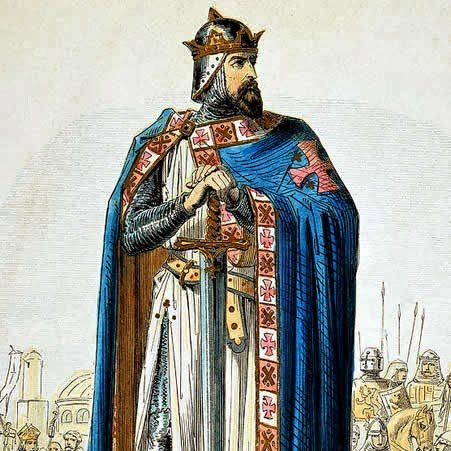
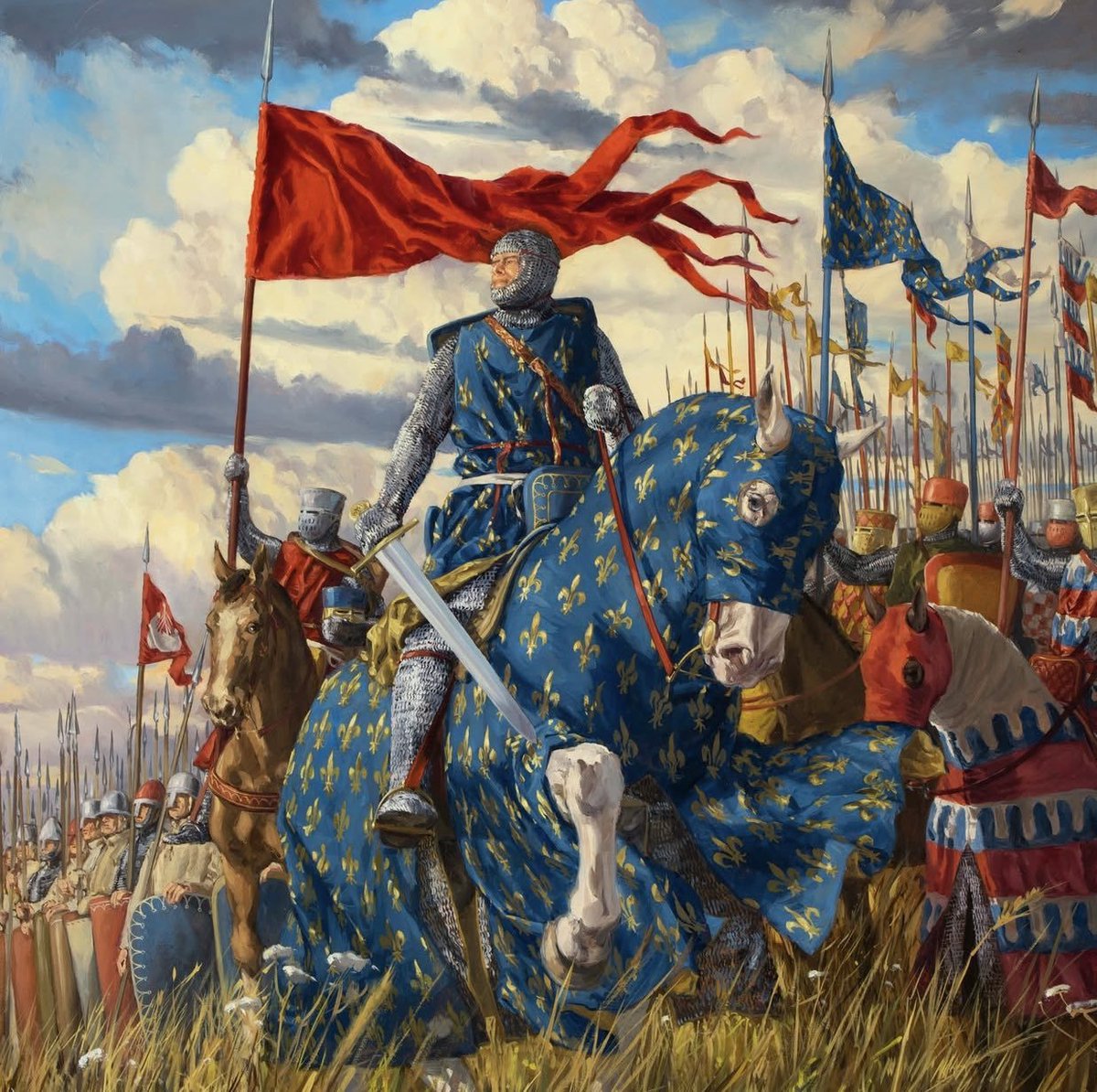
 Philip II of France was born in Gonesse on August 21st 1165, the son of Louis VII and Adela of Champagne.
Philip II of France was born in Gonesse on August 21st 1165, the son of Louis VII and Adela of Champagne. 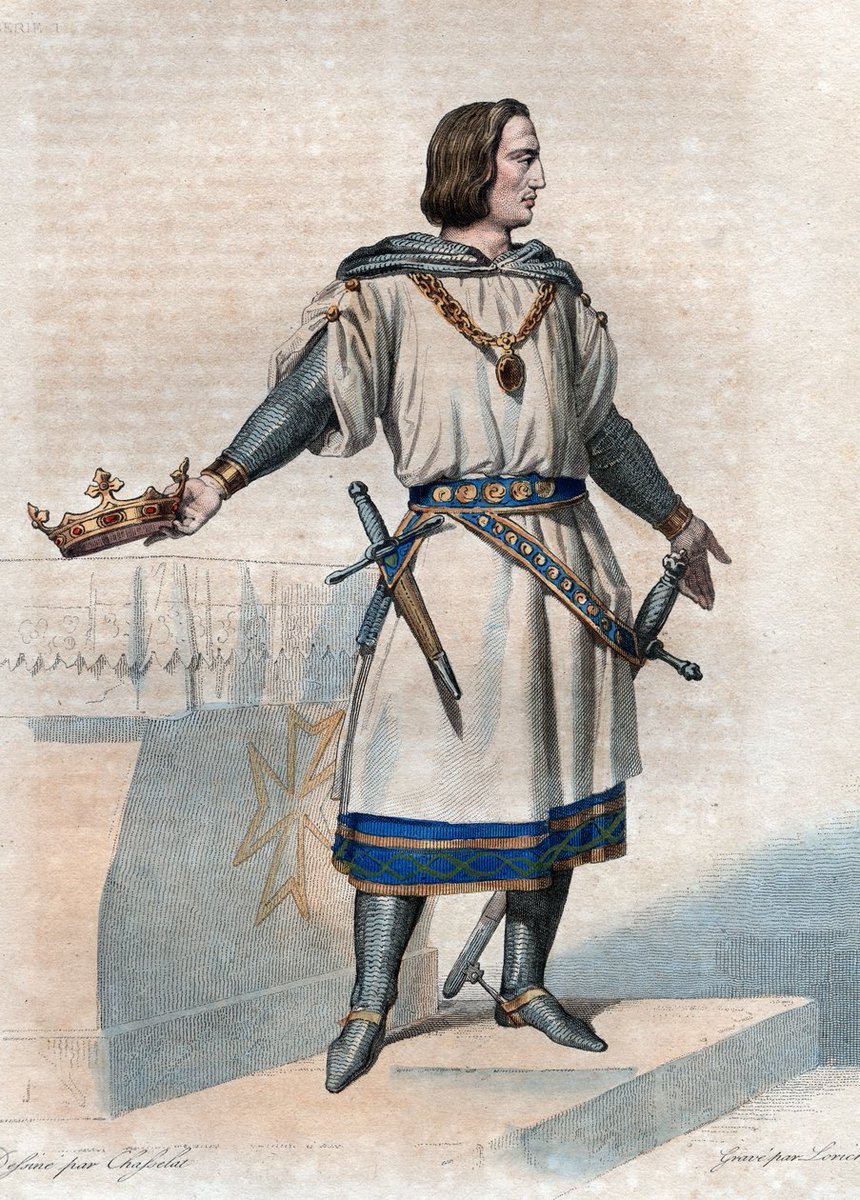
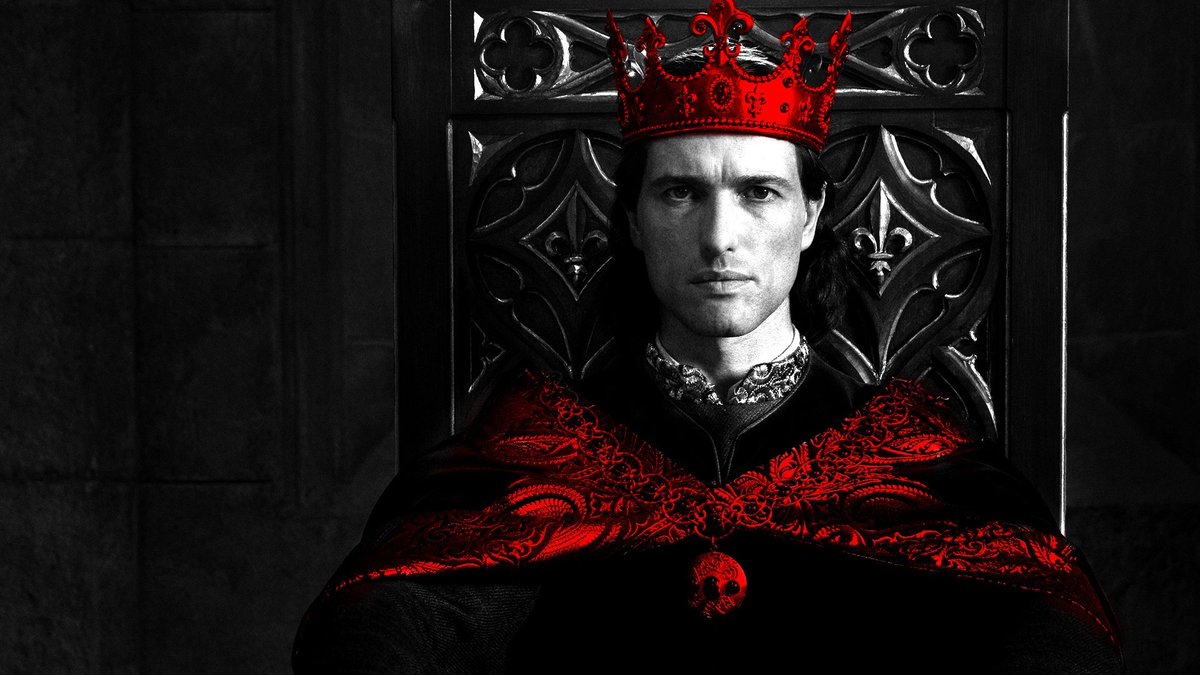
 The Knights Templar were founded in the year 1119 at the Temple Mount in Jerusalem.
The Knights Templar were founded in the year 1119 at the Temple Mount in Jerusalem. 
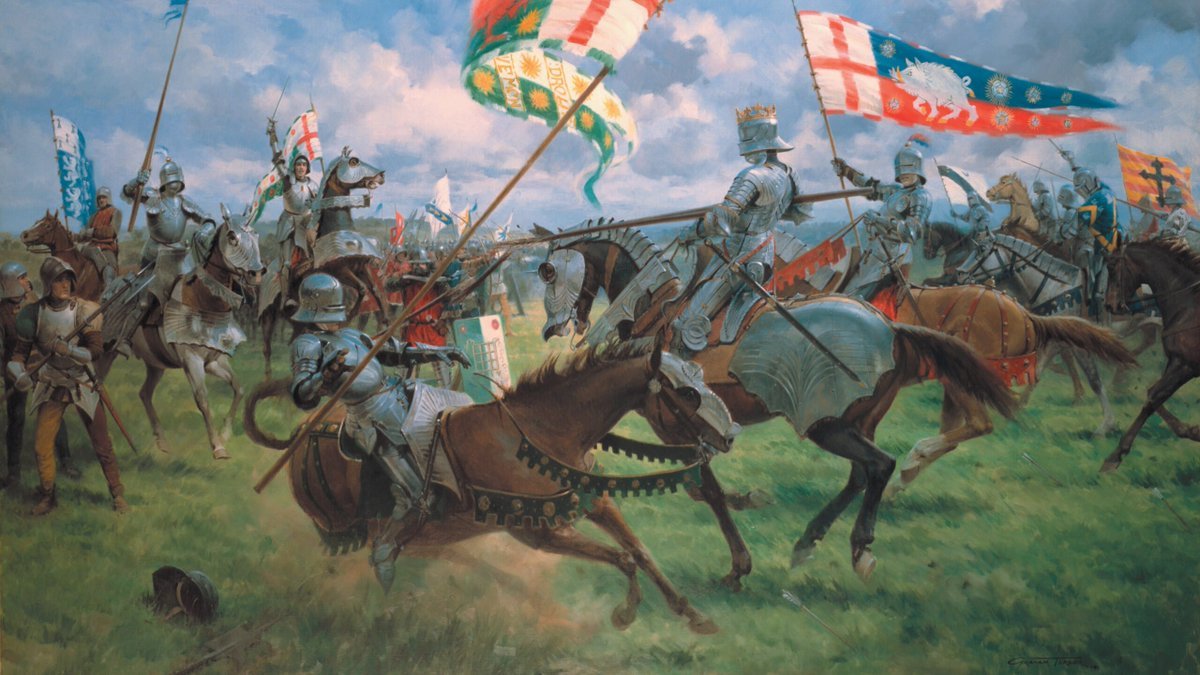
 In the 15th century, England was fighting a civil war known as the Wars of the Roses, where the Houses of York and Lancaster fought for the English throne.
In the 15th century, England was fighting a civil war known as the Wars of the Roses, where the Houses of York and Lancaster fought for the English throne. 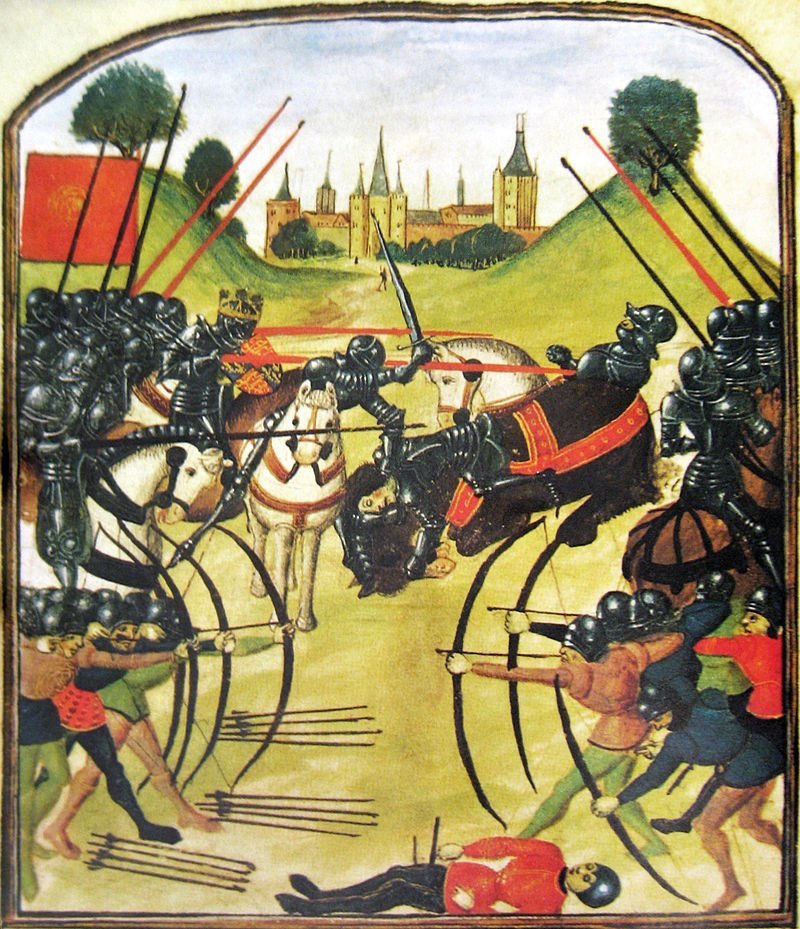
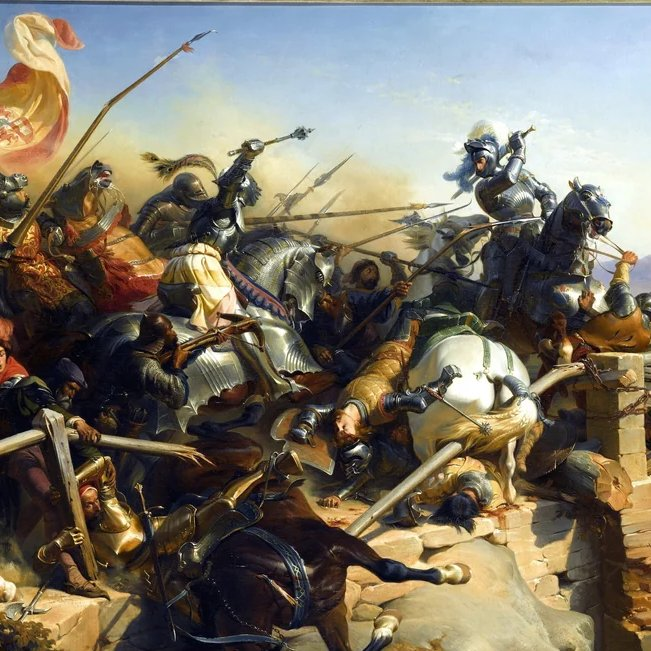
 Bayard, a descendant of a noble French family with a strong military tradition, was born at Château Bayard in Dauphiné, near Pontcharra in southern France.
Bayard, a descendant of a noble French family with a strong military tradition, was born at Château Bayard in Dauphiné, near Pontcharra in southern France. 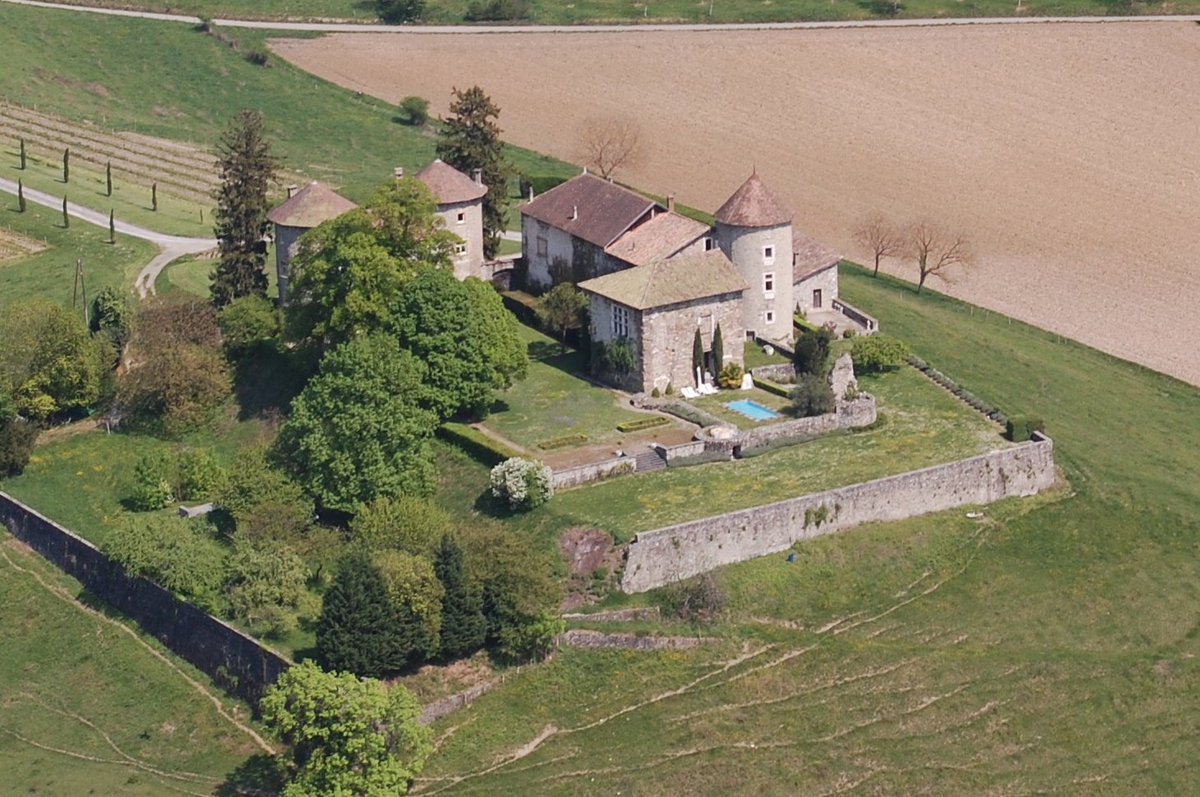
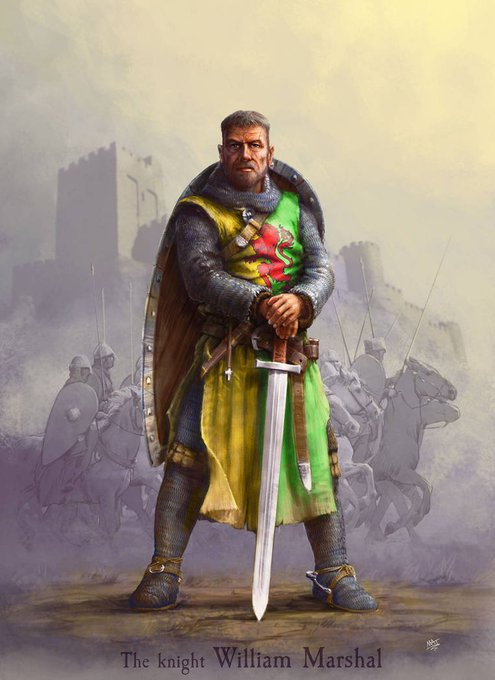
 William Marshal was born in either 1146 or 1147 to his father John Marshal and mother Sybilla of Salisbury. He was a member of the noble Marshal family.
William Marshal was born in either 1146 or 1147 to his father John Marshal and mother Sybilla of Salisbury. He was a member of the noble Marshal family. 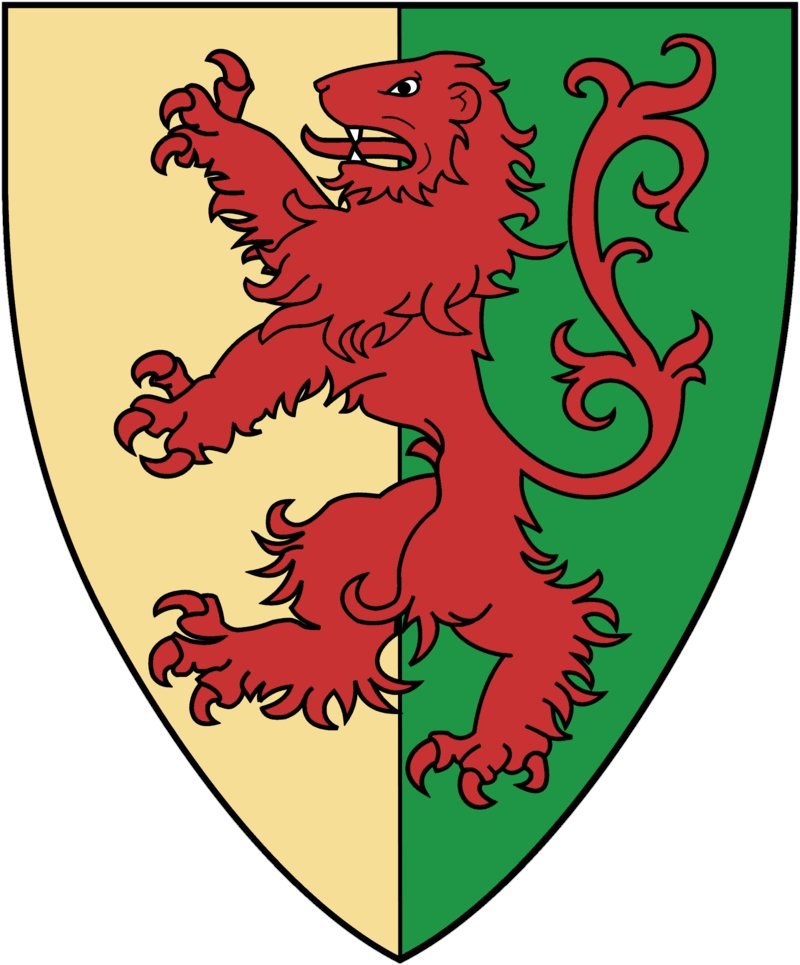
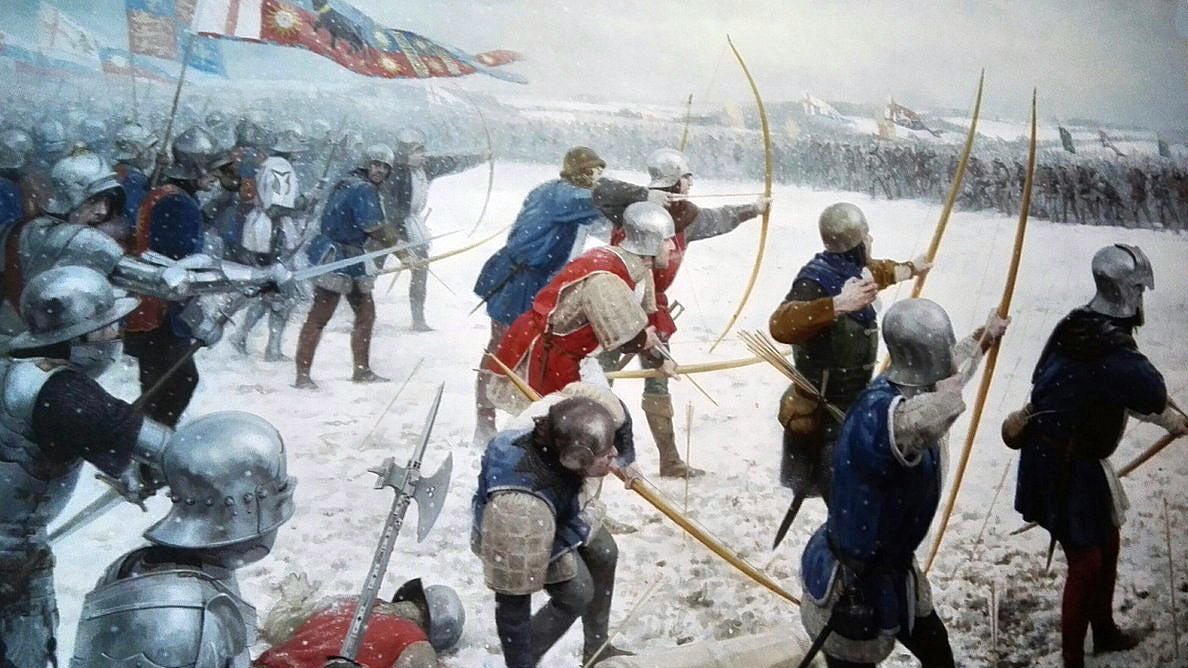
 By 1461, it had been 6 years since the beginning of the bloody Wars of the Roses, civil wars between the Houses of York and Lancaster.
By 1461, it had been 6 years since the beginning of the bloody Wars of the Roses, civil wars between the Houses of York and Lancaster. 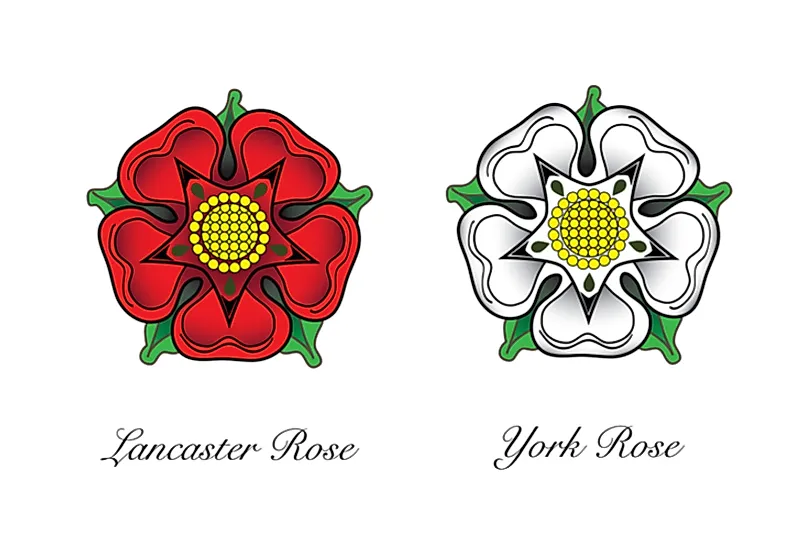
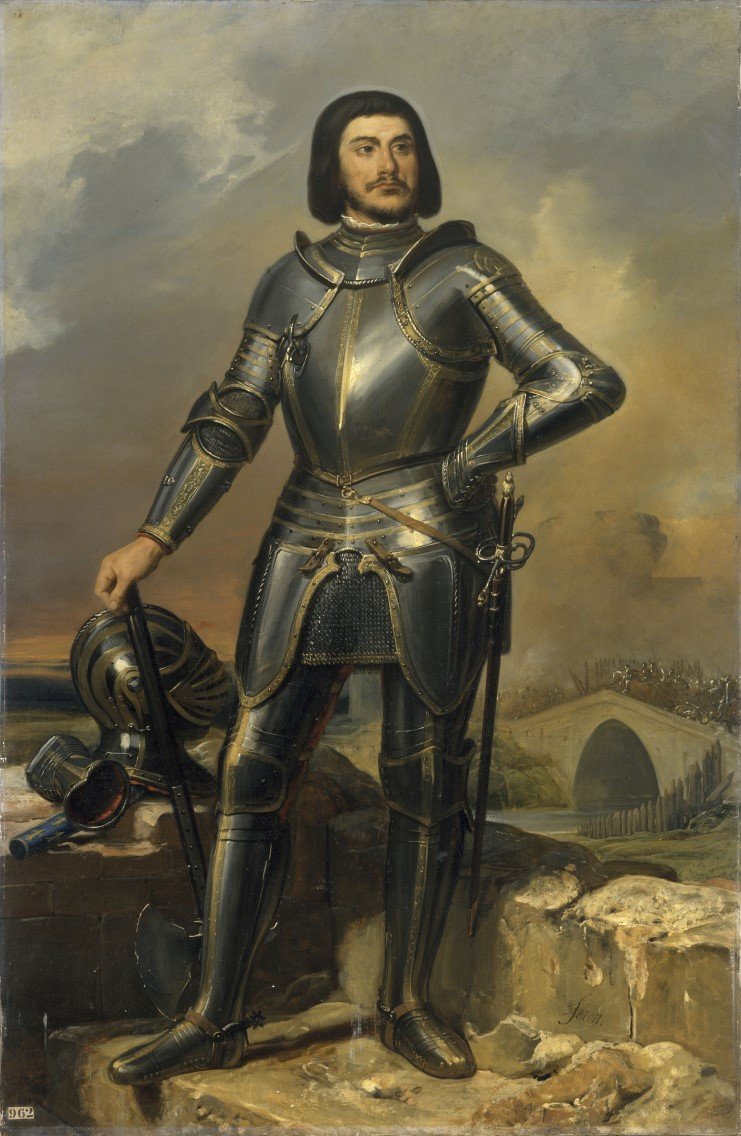
 Gilles de Rais was born in 1405 in Anjou. Gilles was raised by his grandfather Jean de Craon. Gilles was admitted to the French court at a young age after earning the favor of the Duke of Brittany.
Gilles de Rais was born in 1405 in Anjou. Gilles was raised by his grandfather Jean de Craon. Gilles was admitted to the French court at a young age after earning the favor of the Duke of Brittany. 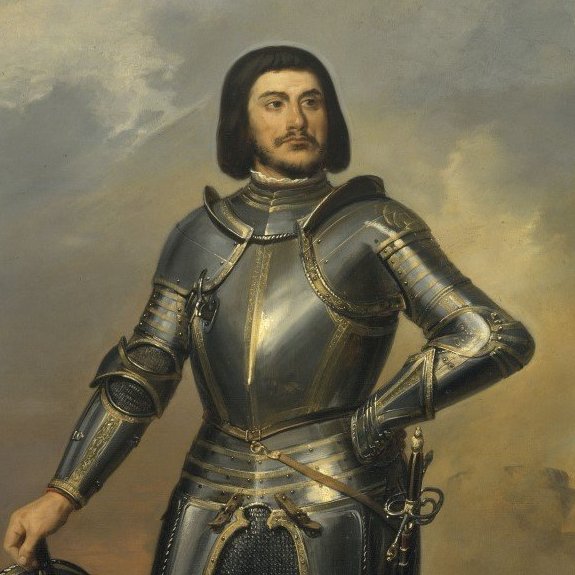
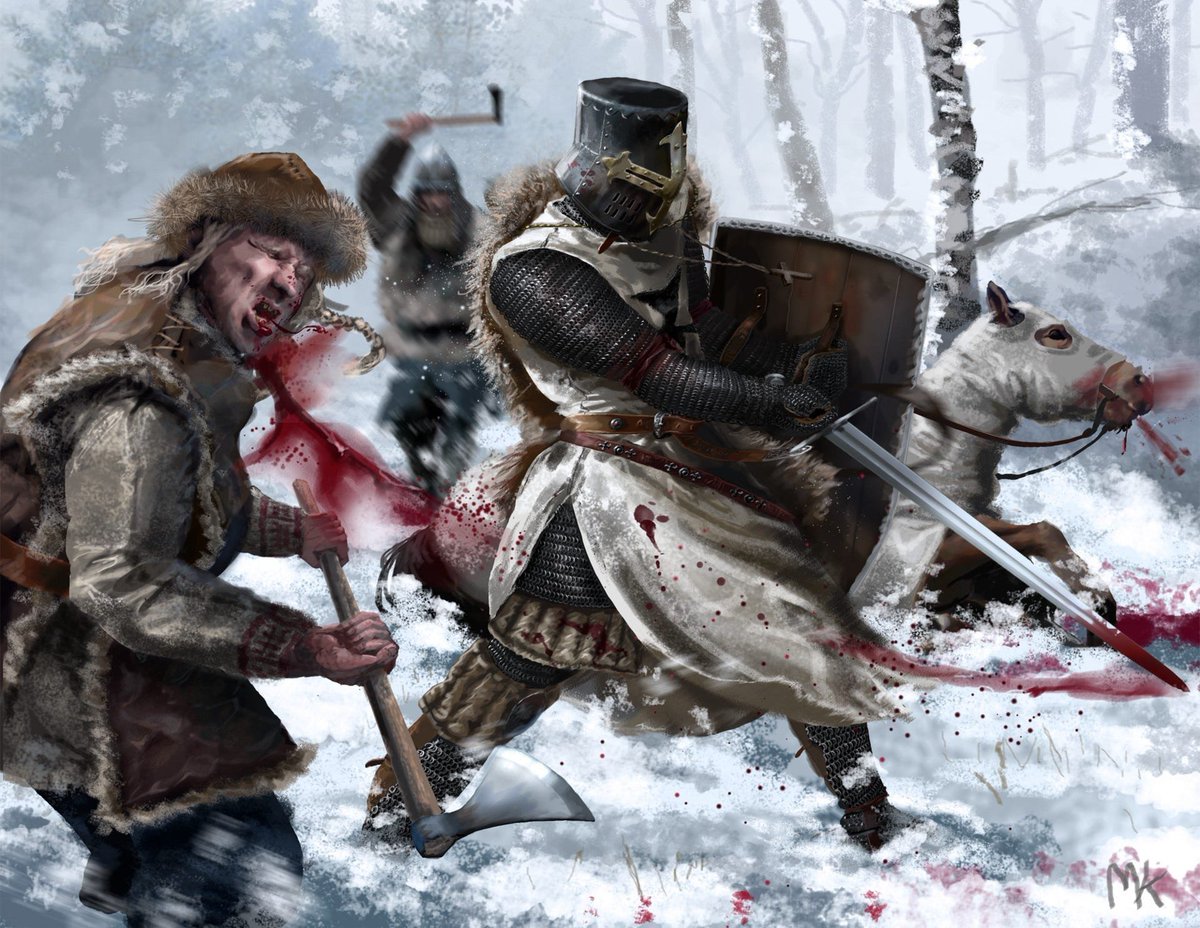
 The Northern Crusades began officially in 1195 with the call by Pope Celestine III.
The Northern Crusades began officially in 1195 with the call by Pope Celestine III. 

 In 603, Pope Gregory I commissioned Abbot Probus to establish a hospital in Jerusalem for Christian pilgrims. Charlemagne expanded it in 800, but it was destroyed in 1009 by the Fatimid caliph al-Hakim bi-Amr Allah.
In 603, Pope Gregory I commissioned Abbot Probus to establish a hospital in Jerusalem for Christian pilgrims. Charlemagne expanded it in 800, but it was destroyed in 1009 by the Fatimid caliph al-Hakim bi-Amr Allah. 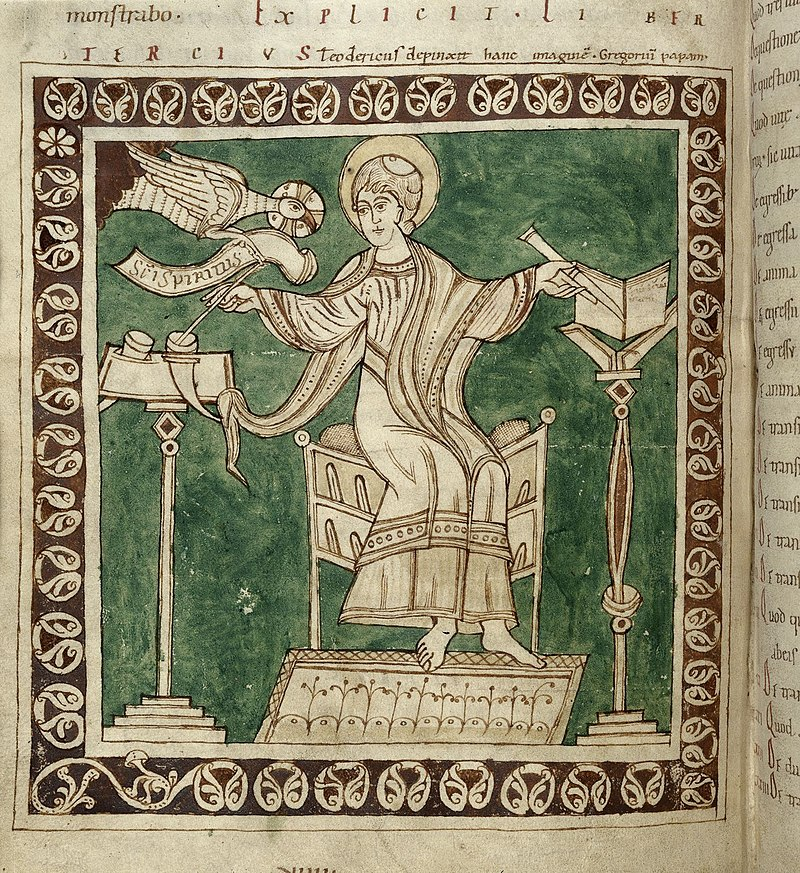

 Thomas Aquinas was born around 1225 in Roccasecca, near Aquino, which was part of the Kingdom of Sicily at the time.
Thomas Aquinas was born around 1225 in Roccasecca, near Aquino, which was part of the Kingdom of Sicily at the time. 

 The Order of Saint Lazarus was founded in 1119 in Jerusalem at a leper hospital. The order would be named after the patron saint of lepers, Saint Lazarus.
The Order of Saint Lazarus was founded in 1119 in Jerusalem at a leper hospital. The order would be named after the patron saint of lepers, Saint Lazarus. 

 Jean de Carrouges was born in the 1330s in Carrouges, France. He was a knight who had governance of estates in Normandy and was a vassal to Count Pierre d'Alencon.
Jean de Carrouges was born in the 1330s in Carrouges, France. He was a knight who had governance of estates in Normandy and was a vassal to Count Pierre d'Alencon. 


 Alfred was born in 849, in Wantage in the kingdom of Wessex. His father was Æthelwulf, King of Wessex and his wife Osburh. He was the youngest of six children, having 4 brothers and 1 sister.
Alfred was born in 849, in Wantage in the kingdom of Wessex. His father was Æthelwulf, King of Wessex and his wife Osburh. He was the youngest of six children, having 4 brothers and 1 sister. 

 Geoffroi de Charny was born in 1306 and was the third son of Jean de Charny, the lord of Charny.
Geoffroi de Charny was born in 1306 and was the third son of Jean de Charny, the lord of Charny.

 In the early years of King Matthias Corvinus' reign, Hungary’s military recruitment system was largely based on traditions from the time of Sigismund.
In the early years of King Matthias Corvinus' reign, Hungary’s military recruitment system was largely based on traditions from the time of Sigismund. 

 The Cathar people were a Christian sect, the name Cathar comes from the Greek word katharos which means clean or pure.
The Cathar people were a Christian sect, the name Cathar comes from the Greek word katharos which means clean or pure. 